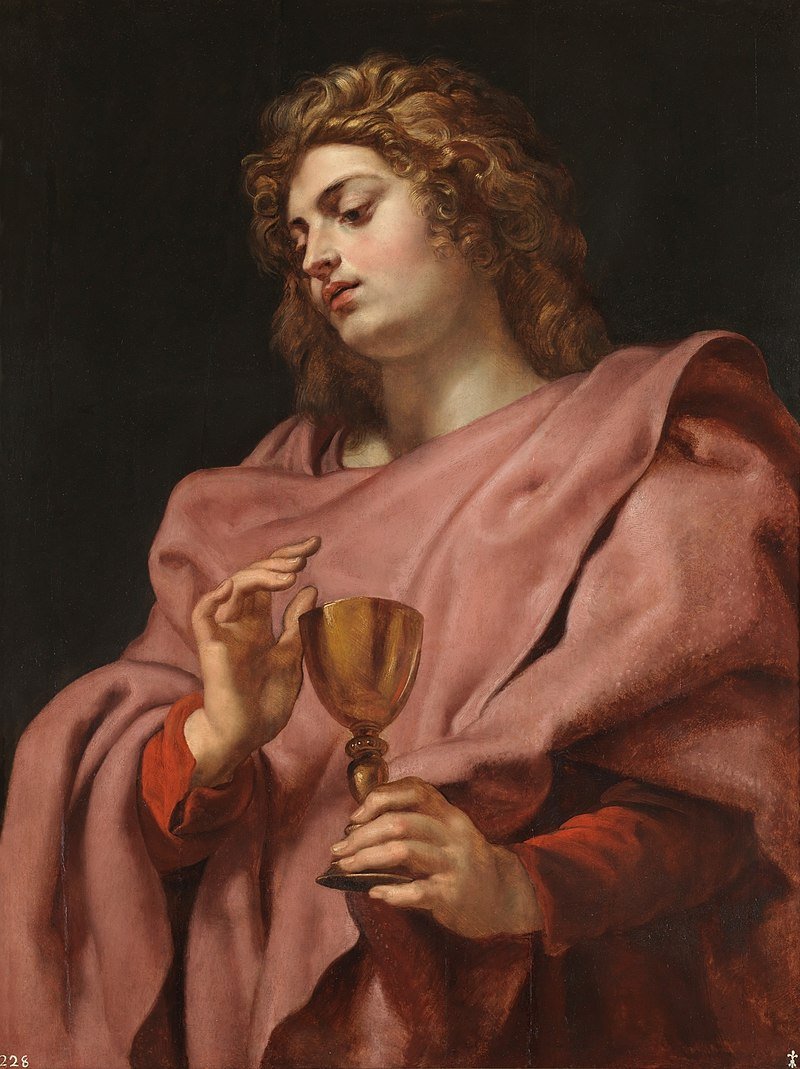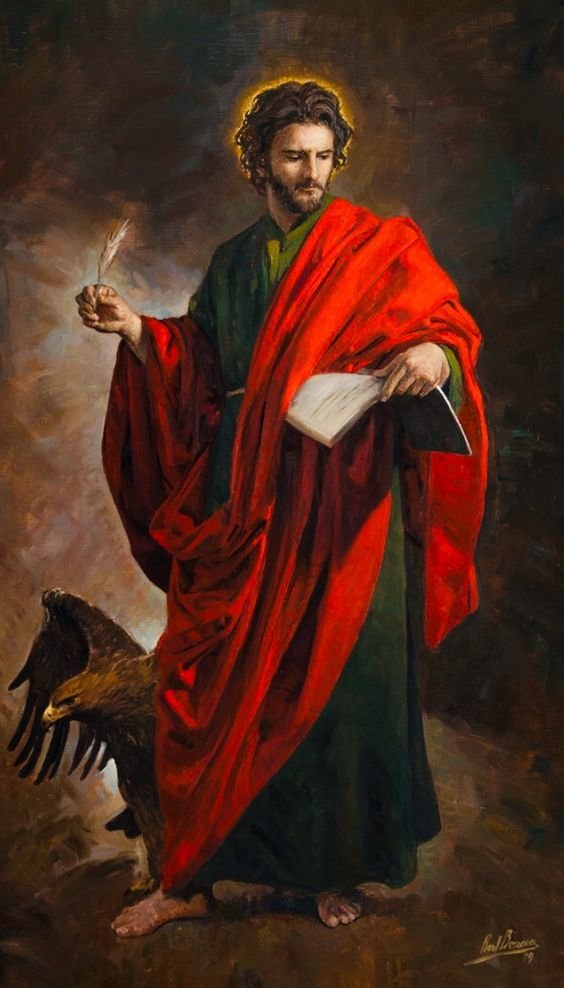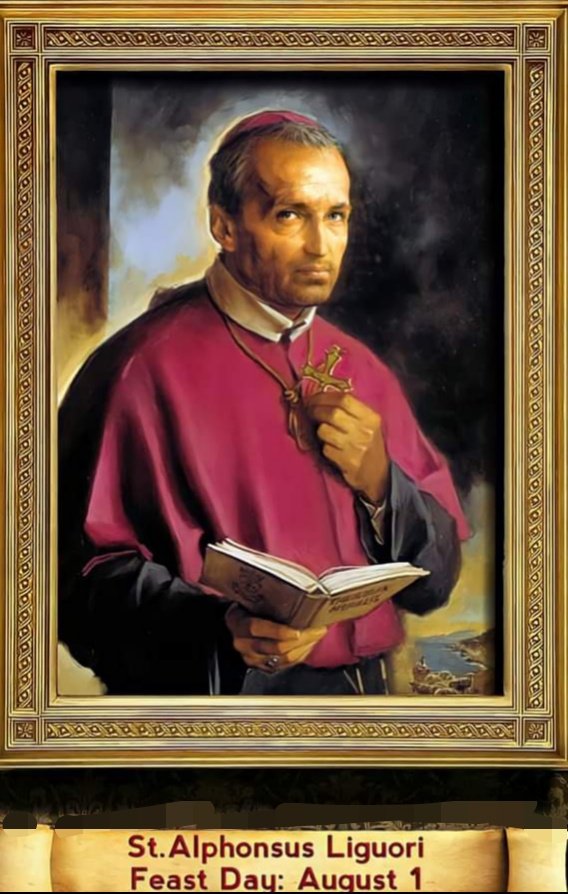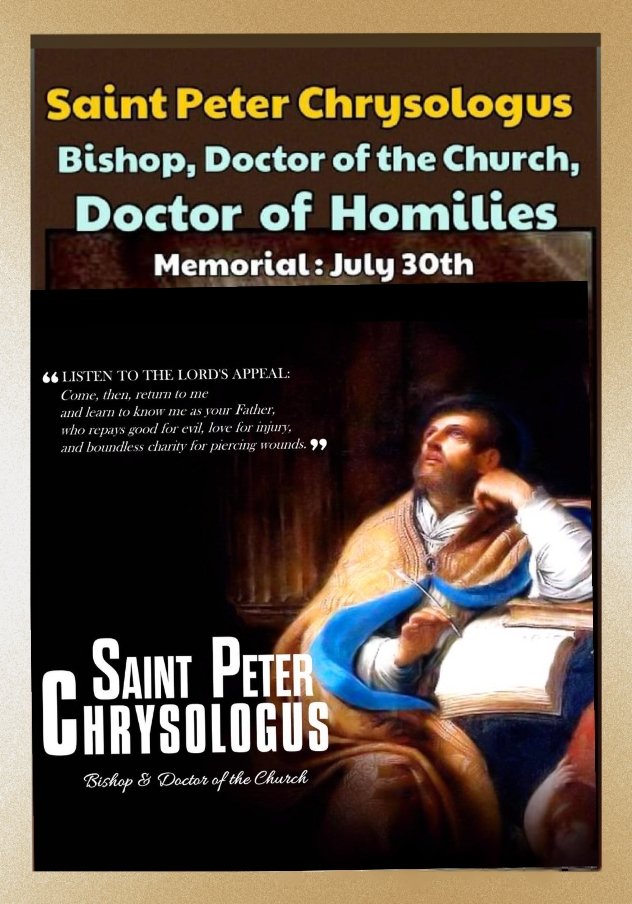FEAST OF SAINT JOHN THE APOSTLE AND EVANGELIST
FEAST DAY – 27th DECEMBER
John the Apostle (c. 6 AD – c. 100 AD) or Saint John the Beloved was one of the Twelve Apostles of Jesus according to the New Testament. Generally listed as the youngest apostle, he was the son of Zebedee and Salome. His brother was James, who was another of the Twelve Apostles. The Church Fathers identify him as John the Evangelist, John of Patmos, John the Elder, and the Beloved Disciple, and testify that he outlived the remaining apostles and that he was the only one to die of natural causes. The traditions of most Christian denominations have held that John the Apostle is the author of several books of the New Testament.
John the Apostle was the son of Zebedee and the younger brother of James, son of Zebedee (James the Greater). According to Church tradition, their mother was Salome. Also according to some traditions, Salome was the sister of Mary, Jesus’ mother, making Salome Jesus’ aunt, and her sons John the Apostle and James were Jesus’ cousins.
John the Apostle is traditionally believed to be one of two disciples (the other being Andrew) recounted in John 1:35-39, who upon hearing the Baptist point out Jesus as the “Lamb of God,” followed Jesus and spent the day with him. Thus, some traditions believe that he was first a disciple of John the Baptist, even though he is not named in this episode. According to the Synoptic Gospels (Matt 4:18-22; Mark 1:16-20; Lk 5:1-11), Zebedee and his sons fished in the Sea of Galilee. Jesus then called Peter, Andrew and the two sons of Zebedee to follow him. James and John are listed among the Twelve Apostles.
Jesus referred to the pair as sons of thunder. A Gospel story relates how the brothers wanted to call down heavenly fire on an unhospitable Samaritan town, but Jesus rebuked them. [Lk 9:51-6] John lived on for another generation after the martyrdom of James, who was the first Apostle to die a martyr’s death. John was the disciple who reported to Jesus that they had ‘forbidden’ a non-disciple from casting out demons in Jesus’ name, prompting Jesus to state that ‘he who is not against us is on our side’. Jesus sent John and Peter into the city to make the preparation for the final Passover meal (the Last Supper).
Many traditions identify the “beloved disciple” in the Gospel of John as the Apostle John, but this identification is debated. At the meal itself, the “disciple whom Jesus loved” sat next to Jesus. It was customary to recline on couches at meals, and this disciple leaned on Jesus. Tradition identifies this disciple as Saint John.[Jn 13:23-25] After the arrest of Jesus, Peter and the “other disciple” (according to tradition, John) followed him into the palace of the high-priest. The “beloved disciple” alone, among the Apostles, remained near Jesus at the foot of the cross on Calvary alongside myrrhbearers and numerous other women. Following the instruction of Jesus from the Cross, the beloved disciple took Mary, the mother of Jesus, into his care as the last legacy of Jesus.
After Jesus’ Ascension and the descent of the Holy Spirit at Pentecost, John, together with Peter, took a prominent part in the founding and guidance of the church. He was with Peter at the healing of the lame man at Solomon’s Porch in the Temple and he was also thrown into prison with Peter. He went with Peter to visit the newly converted believers in Samaria. While he remained in Judea and the surrounding area, the other disciples returned to Jerusalem for the Apostolic Council (about AD 51).
Paul, in opposing his enemies in Galatia, recalls that John explicitly, along with Peter and James the Just, were referred to as “pillars of the church” and refers to the recognition that his Apostolic preaching of a gospel free from Jewish Law received from these three, the most prominent men of the messianic community at Jerusalem. Church tradition has held that John is the author of the Gospel of John and four other books of the New Testament—the three Epistles of John and the Book of Revelation. In the Gospel, authorship is internally credited to the “disciple whom Jesus loved” in John 20:2.
John’s authoritative position in the church after the Resurrection is shown by his visit with St. Peter to Samaria to lay hands on the new converts there. It is to Peter, James (not the brother of John but “the brother of Jesus”), and John that St. Paul successfully submitted his conversion and mission for recognition. What position John held in the controversy concerning the admission of the Gentiles to the church is not known. John’s subsequent history is obscure and passes into the uncertain mists of legend. At the end of the 2nd century, Polycrates, bishop of Ephesus, claims that John’s tomb is at Ephesus, identifies him with the beloved disciple, and adds that he “was a priest, wearing the sacerdotal plate, both martyr and teacher.”
That John died in Ephesus is also stated by St. Irenaeus, bishop of Lyon circa 180 CE, who says John wrote his Gospel and letters at Ephesus and Revelation at Pátmos. During the 3rd century two rival sites at Ephesus claimed the honour of being the apostle’s grave. One eventually achieved official recognition, becoming a shrine in the 4th century. In the 6th century the healing power of dust from
John’s tomb was famous (it is mentioned by the Frankish historian St. Gregory of Tours). At this time also, the church of Ephesus claimed to possess the autograph of the Fourth Gospel. It is a long way from being eager to sit on a throne of power or to call down fire from heaven to becoming the man who could write: “The way we came to know love was that he laid down his life for us; so we ought to lay down our lives for our brothers” (1 John 3:16). Saint John the Evangelist is the Patron Saint of Turkey.
PRAYER
O glorious Apostle, who, on account of thy virginal purity, wast so beloved by Jesus as to deserve to lay thy head upon His divine breast, and to be left, in His place, as son to His most holy Mother: I beg thee to inflame me with a most ardent love toward Jesus and Mary. Obtain for me from our Lord that I, too, with a heart purified from earthly afflictions, may be made worthy to be ever united to Jesus as a faithful disciple, and to Mary as a devoted son, both here on earth and eternally in heaven. Amen







